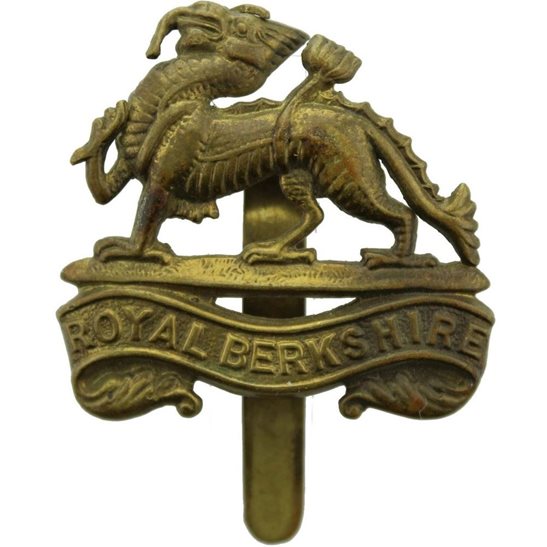Personal Details
Born: 4 April 1897 in Whitchurch, Shropshire.
Family: He was the seventh of nine children born to James Murray, a smith and fitter, and his wife Sarah Ann. He married Elizabeth Foster in 1920 in Nantwich, Cheshire; we cannot locate any children (in the UK or Australia) for the marriage.
Residence: He lived at 4 Belton Road up to at least 1919 when he was discharged from the army. Frank and Elizabeth emigrated to Australia in 1922 (sailing on the SS Demorthenes, landing at Albany, Western Australia on 3 July 1922). They settled at 164 Central Avenue, Maylands, Perth, Western Australia.
Employment: In 1942 he was a foreman in a health department.
Died: Not known
Military Details
Regiment: Royal Berkshire Regiment (previously Cheshire Regiment)
Rank: Private
Service Number: 37125 (previously 2661)
Date of Enlistment: Not known
Date of Discharge: Not known
Reason for Discharge: Not known
Other Information: Frank enlisted in the Australian Army on 29 March 1942 and initially served in the Swanbourne Volunteer Defence Corps.
Frank was awarded the Campaign Medals (British War Medal, and Victory Medal)

The British War Medal (also known as 'Squeak') was a silver or bronze medal awarded to officers and men of the British and Imperial Forces who either entered a theatre of war or entered service overseas between 5th August 1914 and 11th November 1918 inclusive. This was later extended to services in Russia, Siberia and some other areas in 1919 and 1920. Approximately 6.5 million British War Medals were issued. Approximately 6.4 million of these were the silver versions of this medal. Around 110,000 of a bronze version were issued mainly to Chinese, Maltese and Indian Labour Corps. The front (obv or obverse) of the medal depicts the head of George V. The recipient's service number, rank, name and unit was impressed on the rim.
The Allied Victory Medal (also known as 'Wilfred') was issued by each of the allies. It was decided that each of the allies should each issue their own bronze victory medal with a similar design, similar equivalent wording and identical ribbon. The British medal was designed by W. McMillan. The front depicts a winged classical figure representing victory. Approximately 5.7 million victory medals were issued. Interestingly, eligibility for this medal was more restrictive and not everyone who received the British War Medal ('Squeak') also received the Victory Medal ('Wilfred'). However, in general, all recipients of 'Wilfred' also received 'Squeak' and all recipients of The 1914 Star or The 1914/1915 Star (also known as 'Pip') also received both 'Squeak' and 'Wilfred'. The recipient's service number, rank, name and unit was impressed on the rim.

